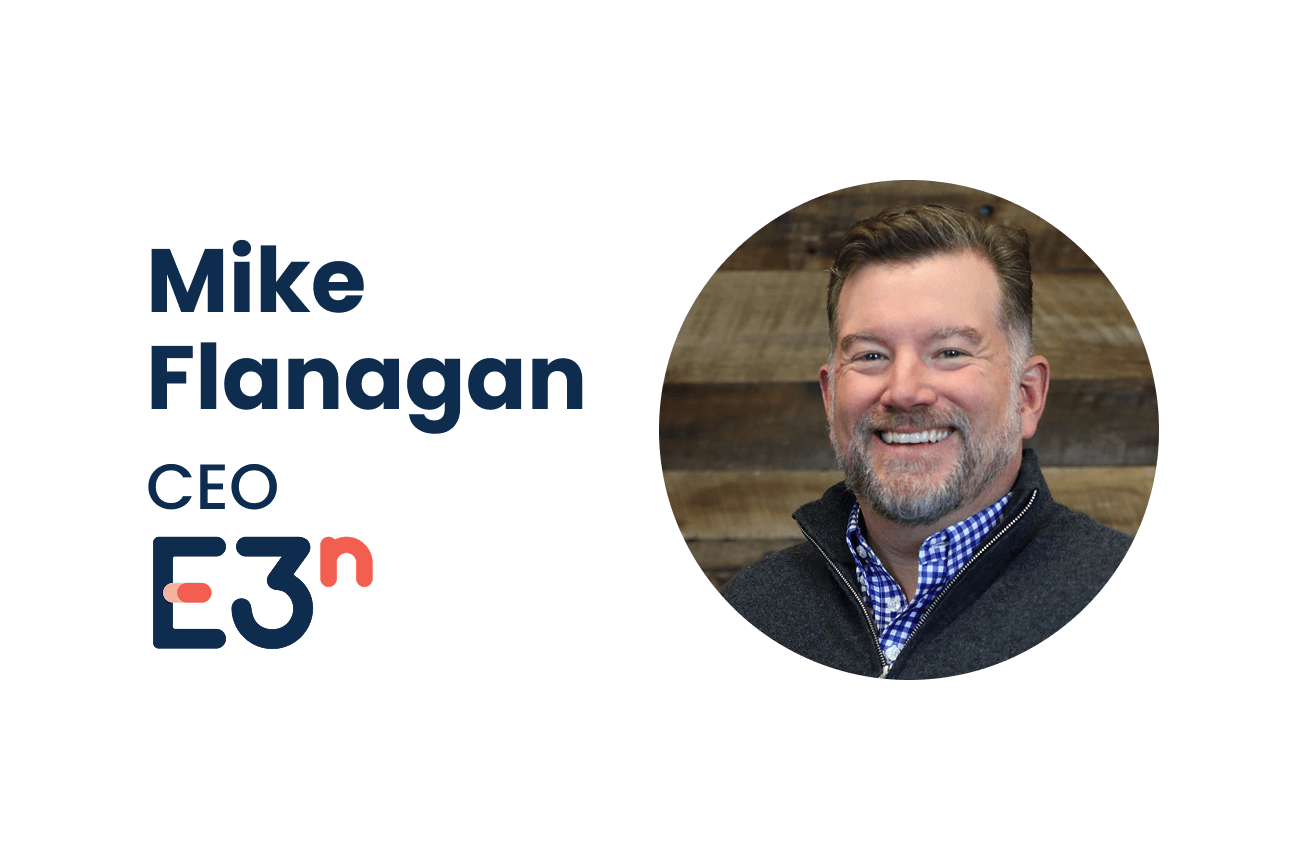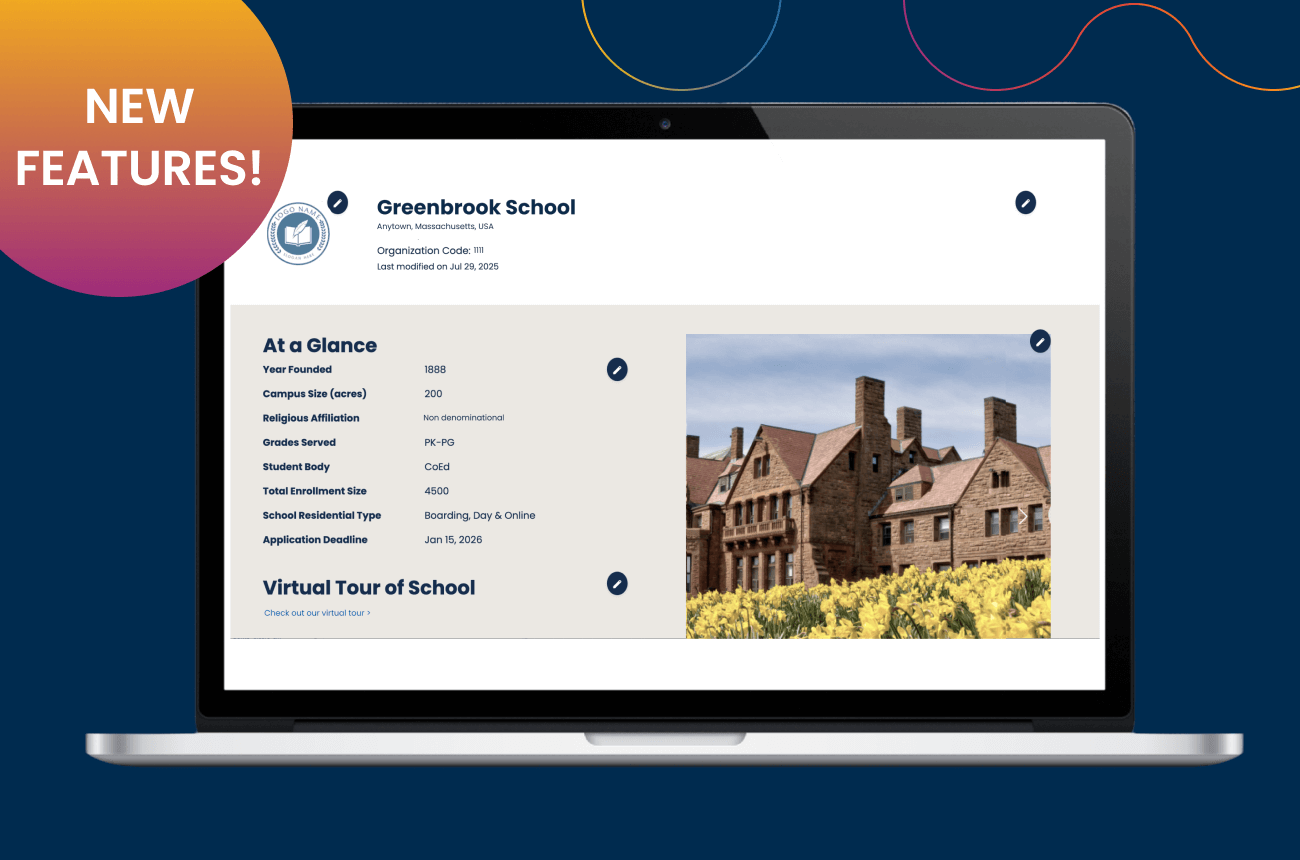An Interview with Shelley Dorfler

The nature and culture of independent school admission has changed over the last 40 years. Four decades ago, heads handled recruitment and interviews. Standardized testing was still just taking hold in schools, applications were mailed to interested families, and interviews of students were held with multiple staff and faculty members.
Today’s process has evolved in many ways, and admission teams have taken over applications and interviews, but one thing remains the same: the importance of dedicated placement directors and counselors at K-8 independent schools who work tirelessly to place their lower and middle school students into the perfect-fit independent school communities that will help them continue to grow, thrive, and flourish.
Shelley Dorfler served as secondary school counselor and dean of students at The Town School for Boys (CA) for more than 40 years, and had a front row seat to our community’s evolution. Before she officially retired at the end of the 2017 school year, The Yield sat down with Shelley to capture her reflections and advice for admission directors and placement counselors alike.
You have had quite a tenure with independent school families. To what do you credit your success?
When I created the role of secondary school counselor at Town, it was the first position of its kind in the Bay Area. Before that time, there was no formal counseling for students whatsoever. Since I was a trained educational psychologist, I felt I could work with the boys and come to understand their individual needs to best help them reach their goals. In San Francisco, there were only three independent secondary schools, a few parochial schools, and the noted public Lowell High School. A number of students went to boarding schools in California and on the East Coast. Although there were a few educational consultants in the area, I thought that Town should take an integral role in helping our students reach the next point in their education. After I had a discussion with my then-head, David L. Pratt, who had previously handled placement (including writing all recommendations), he gladly passed this task to me. I began to learn about the various local schools and, under his tutelage, the boarding schools as well. I made it a point to visit schools and establish working relationships with admission directors. A few years later, I became an interested and active member of the SSATB (now The Enrollment Management Association). I looked forward to the Annual Meetings, learned a lot, presented at several, and made strong and lasting relationships that helped shape my career and, subsequently, the lives of many of my students.
What is your perception on how placement counselors have evolved since you began your work 40 years ago?
While I was the pioneer of secondary school counseling in the Bay Area, I think that because our parents recognized the value of having someone in that position, word of mouth spread and other schools added the necessary personnel to help their students identify their goals and create paths to success. Today, in the Bay Area and around the country, there are wonderful, dedicated, and devoted placement counselors who work with families to achieve levels of success they hadn’t considered possible or address attainable goals for students who may have learning differences.
What are the greatest changes you have seen in families over the last 5, 10, and 20 years?
Basically, the families haven’t really changed that much. People are people, parents are parents. They still want what’s best for their boys. However, I do see today that too often, parents have a role reversal with their children and feel it is they who are being evaluated. I work with them to reduce the stress, assuring them that there is a school for everyone. I found it crucial to tell parents the truth gently and present various options, and we recognized together there was always an option for success for their child. They are concerned about what others are doing and thinking about their choices. I try to get them to focus on the realistic and the possible in order to attain the best results for their child.
What are the greatest changes you have seen in our industry in the last 5, 10, and 20 years?
Since 1976, several excellent secondary schools have emerged in the Bay Area and across the country. This “new” competition presented our students with many more schools to consider in our market as well as others. I have found that each secondary school has its own personality, strong points, and programs that can accommodate Town students—and any student considering an independent school.
If you could imagine changes to the application process over the next 10 years, what improvements would you suggest to the process? What specific elements would you tell admission officers to change for the benefit of families?
I would love to see a social/emotional element added to the process. There are so many talented students who may not yet have reached their full potential. Their SSAT scores might be lower than desired and their grades are not all As. However, emotionally and socially, they are a credit to Town or any school of origin. There are so many students out there whose emotional intelligence and social adeptness are astounding, and as a result they are able to connect to all groups. Their presence would prove an asset to all schools.
What advice would you share with new school placement counselors?
Get to know your parents well, get to know your students beyond the superficial. It is your job to advocate for them. Always be honest with your families and the admission directors. By understanding what each school wants, you will be able to navigate through your relationships with admission folks.




